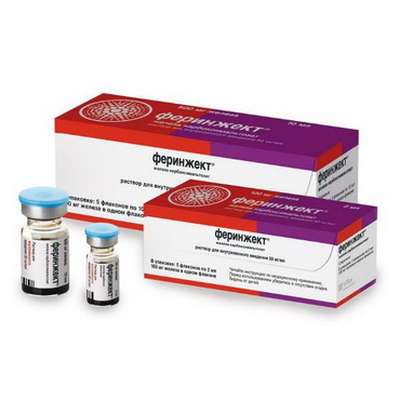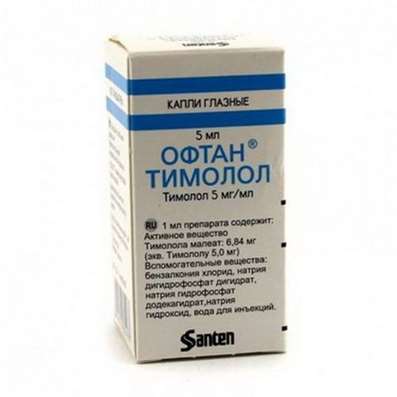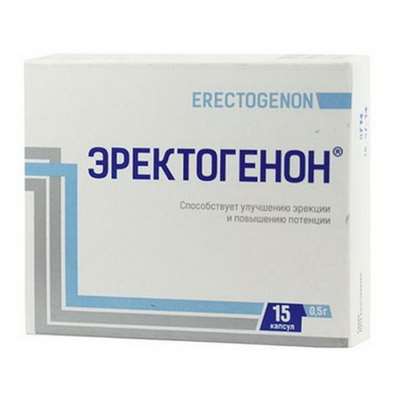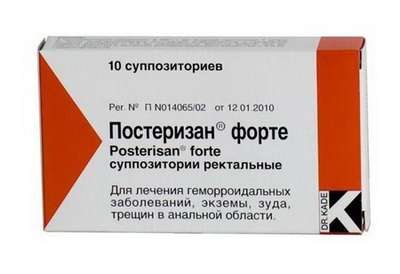Instruction for use: Granisetron
I want this, give me price
The Latin name of the substance Granisetron
Granisetronum (genus. Granisetroni)
Chemical name
1-Methyl-N- (9-methyl-endo-9-azabicyclo [3.3.1] -non-3-yl) -1H-indazole-3-carboxamide (and as monohydrochloride)
Gross formula
C18H24N4O
Pharmacological groups:
Antiemetic means
Serotonergic agents
The nosological classification (ICD-10)
R11 Nausea and vomiting: Postoperative vomiting; Nausea; Vomiting; Vomiting in the postoperative period; Vomiting medication; Vomiting in the background of radiation therapy; Vomiting uncontrollable; Vomiting in radiation therapy; Persistent vomiting; Indomitable vomiting; Postoperative nausea; Vomiting with chemotherapy; Vomiting of the central genesis; Vomiting with cytotoxic chemotherapy; Persistent hiccups; Repeated vomiting
Y43.1 Adverse reactions in the therapeutic use of antitumor antimetabolites: Treatment with mercaptopurine
Y43.2 Adverse reactions in the therapeutic use of antineoplastic natural preparations
Y43.3 Adverse reactions in the therapeutic use of other antitumor drugs
Z100 * CLASS XXII Surgical practice: Abdominal surgery; adenomectomy; Amputation; Coronary angioplasty; Angioplasty of the carotid arteries; Antiseptic skin treatment for wounds; Antiseptic Hand; Appendectomy; atherectomy; Balloon coronary angioplasty; Vaginal hysterectomy; The coronary bypass; Interventions in the vagina and cervix; Interventions on the bladder; Intervention in the mouth; Restoration and reconstructive surgery; Hand hygiene of medical personnel; Gynecologic surgery; Gynecological intervention; Gynecological surgery; Hypovolemic shock during operations; Disinfection of purulent wounds; Disinfection of wounds edges; Diagnostic intervention; Diagnostic procedures; Cervical Diathermocoagulation; Long-surgery; Replacing the fistula catheters; Infection in orthopedic surgery; Artificial heart valve; cystectomy; Short-term outpatient surgery; Short-term operation; Short surgical procedures; Krikotireotomiya; Blood loss during surgery; Bleeding during surgery and in the postoperative period; Kuldotsentez; laser photocoagulation; laser coagulation; retinal laser coagulation; Laparoscopy; Laparoscopy in Gynecology; CSF fistula; Small gynecological operations; Small surgical procedures; Mastectomy and subsequent plastic; mediastinotomy; Microsurgical operations on the ear; Mukogingivalnye operation; suturing; Minor surgery; neurosurgical operation; Immobilization of the eyeball in ophthalmic surgery; testectomy; pancreatectomy; Perikardektomiya; The period of rehabilitation after surgery; The period of convalescence after surgery; Percutaneous transluminal coronary angioplasty; Pleural thoracentesis; Pneumonia postoperative and posttraumatic; Preparation for surgical procedures; Preparation for surgery; Preparation of the surgeon's hands before surgery; Preparation of the colon for surgical procedures; Postoperative aspiration pneumonia in neurosurgical and thoracic surgery; Postoperative nausea; Postoperative bleeding; postoperative granuloma; postoperative shock; The early postoperative period; myocardial revascularization; Radiectomy; gastric Resection; bowel resection; uterine Resection; liver Resection; enterectomy; Resection of part of the stomach; Reocclusion of the operated vessel; Bonding tissues during surgical procedures; Removal of sutures; Condition after eye surgery; Condition after surgery; Condition after surgery in the nasal cavity; Condition after gastrectomy; Status after resection of the small intestine; Condition after tonsillectomy; Condition after removal of the duodenum; Condition after phlebectomy; Vascular surgery; Splenectomy; Sterilization of surgical instruments; Sterilization of surgical instruments; sternotomy; Dental surgery; Dental intervention in periodontal tissues; strumectomy; Tonsillectomy; Thoracic surgery; Thoracic surgery; total gastrectomy; Transdermal intravascular coronary angioplasty; Transurethral resection; Turbinektomiya; Removal of a tooth; cataract surgery; Removal of cysts; tonsillectomy; Removal of fibroids; Removing the mobile primary teeth; Removing polyps; Removing broken tooth; Removal of the uterus body; Removal of sutures; Fistula likvoroprovodyaschih ways; Frontoetmoidogaymorotomiya; Surgical infection; Surgical treatment of chronic limb ulcers; Surgery; The surgery in the anal area; The surgery on the colon; Surgical practice; The surgical procedure; Surgical interventions; Surgery on the gastrointestinal tract; Surgical procedures on the urinary tract; Surgical procedures on the urinary system; Surgical intervention of the genitourinary system; Surgical procedures on the heart; Surgical manipulation; surgery; Surgery on the veins; Surgical intervention; Vascular surgery; Surgical treatment of thrombosis; Surgery; cholecystectomy; Partial gastric resection; hysterectomy; Percutaneous transluminal coronary angioplasty; Percutaneous transluminal angioplasty; Coronary artery bypass; tooth Extirpation; Extirpation of milk teeth; pulpectomy; pulsative cardiopulmonary bypass; tooth Extraction; teeth Extraction; cataract extraction; Electrocoagulation; endourological intervention; episiotomy; Etmoidotomiya; Complications after tooth extraction
Z51.0 Radiotherapy course: Supplement to external radiation therapy; Local X-Ray Irradiation; Radiation therapy; Brain edema associated with radiation therapy; Lesion in radiation therapy; Radiotherapy
Z51.1 Chemotherapy for neoplasm: Cystitis hemorrhagic, caused by cytostatics; Urotoxicity of cytostatics
CAS Code
109889-09-0
Characteristic of the substance Granisetron
Granisetron hydrochloride is a white powder. Soluble in aqueous or saline solutions at 20 ° C. Molecular weight 348.9.
Pharmacology
Pharmacological action - antiemetic, serotonergic.
Selectively blocks serotonin 5-HT3 receptors located in the endings of the vagus nerve and in the trigger zone of the bottom of the IV ventricle of the brain (practically does not affect other receptors of serotonin). Well absorbed in the digestive tract (if there is no vomiting). It binds to plasma proteins by 65%. In the liver it undergoes N-demethylation and oxidation of the aromatic ring, after which it is conjugated. The resulting metabolites have antiserotonin activity. T1 / 2 for oral and intravenous administration is 9 hours, with a wide individual variability. The main way of excretion is with bile, about 12% (after intravenous administration) is excreted in the urine within 48 hours. Eliminates the vomiting that occurs when the parasympathetic nervous system is excited due to the release of serotonin from enterochromaffin cells.
Application of substance Granisetron
Nausea, vomiting (symptomatic therapy and prevention in the treatment of cytostatics and radiation therapy, after surgery).
Contraindications
Hypersensitivity, breast-feeding.
Restrictions on the use
Partial intestinal obstruction (weakens the motor of the distal colon), pregnancy; Children under 12 years (for tablets), up to 2 years (for injection forms) - efficacy and safety of use not established.
Application in pregnancy and lactation
The action category for fetus by FDA is B.
For the duration of treatment, breastfeeding should be discontinued (no data on penetration into breast milk).
Side effects of Granisetron
On the part of the intestine: pain in the abdomen, constipation or diarrhea, flatulence, increased activity of liver transaminases (ALT, AST), indigestion; Rarely - heartburn, a change in taste.
From the nervous system: headache, insomnia, drowsiness, excessive fatigue or weakness; Rarely - anxiety, restlessness, dizziness.
From the cardiovascular system: arrhythmia, chest pain, decrease or increase in blood pressure.
Allergic reactions: skin rash, hyperthermia, bronchospasm, urticaria, itching; Rarely - hypersensitivity reactions.
Other: very rarely - flu-like syndrome.
Interaction
Pharmaceutically incompatible with other drugs. Granisetron does not affect the activity of CYP3A4 isoenzymes of cytochrome P450 (responsible for the metabolism of some narcotic analgesics). The efficacy of granisetron may be enhanced by IV administration of dexamethasone (8-20 mg) before chemotherapy begins. Special studies on the interaction with funds for general anesthesia have not been carried out, but granisetron is well tolerated with simultaneous prescription with similar drugs and narcotic analgesics. When induction of hepatic enzymes with phenobarbital, an increase in the clearance of granisetron (with iv introduction) was observed by about a quarter. There was no interaction with simultaneous administration with benzodiazepines, antiulcer drugs and other cytotoxic drugs that cause vomiting.
Overdose
Symptoms: The use of 38 mg of granisetron in the form of a single intravenous injection was not accompanied by the development of serious adverse effects other than mild headache.
Treatment: symptomatic therapy. Specific antidote is not known.
Routes of administration
IV, inside.
Precautions for the substance Granisetron
Since granisetron may reduce intestinal motility, patients with signs of partial obstruction of the intestine after administration of the drug should be under the supervision of a physician.
During treatment, it is necessary to monitor the activity of ALT and AST.
For the treatment and prevention of postoperative nausea and vomiting in children is not applied.

 Cart
Cart





